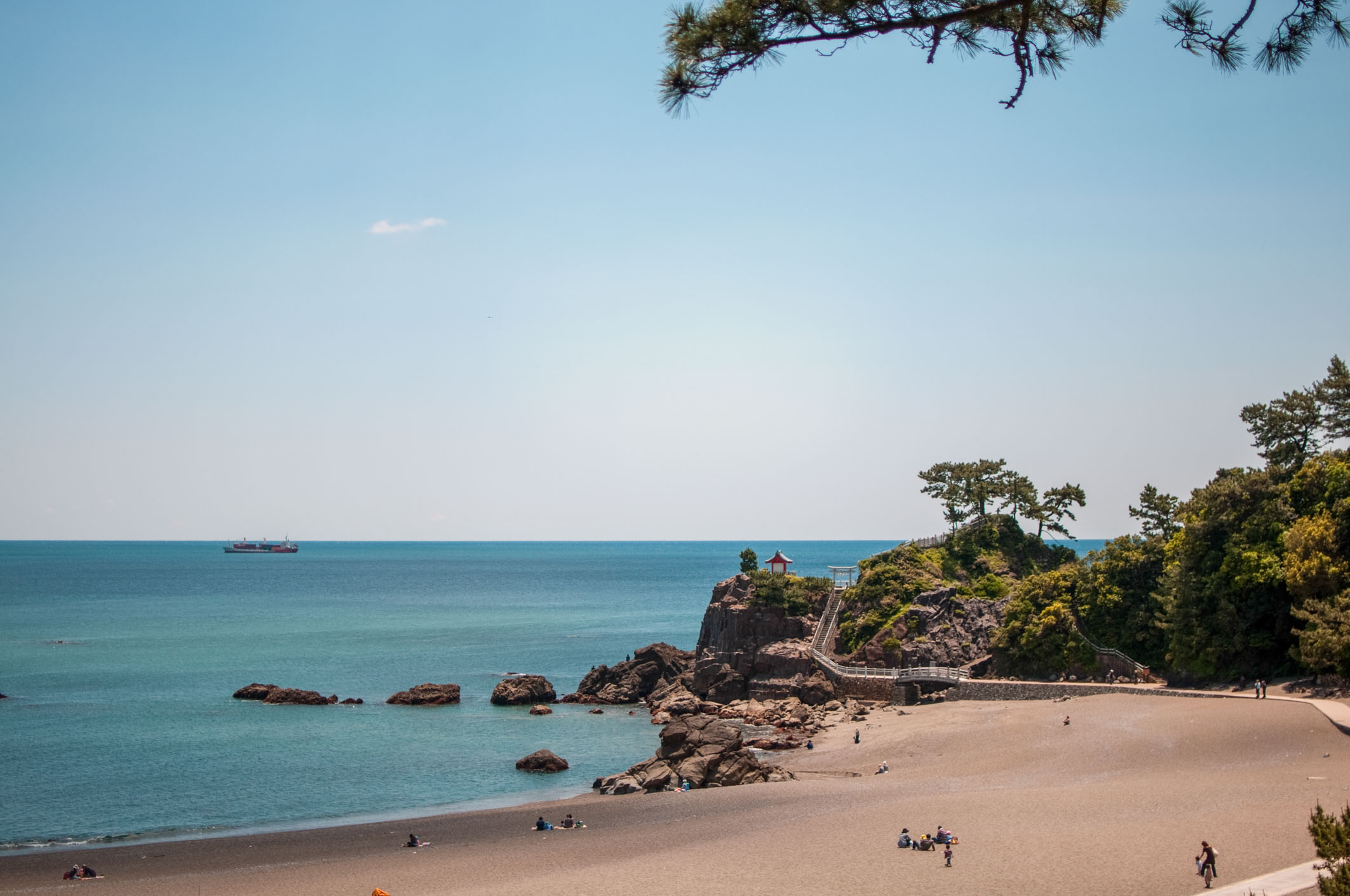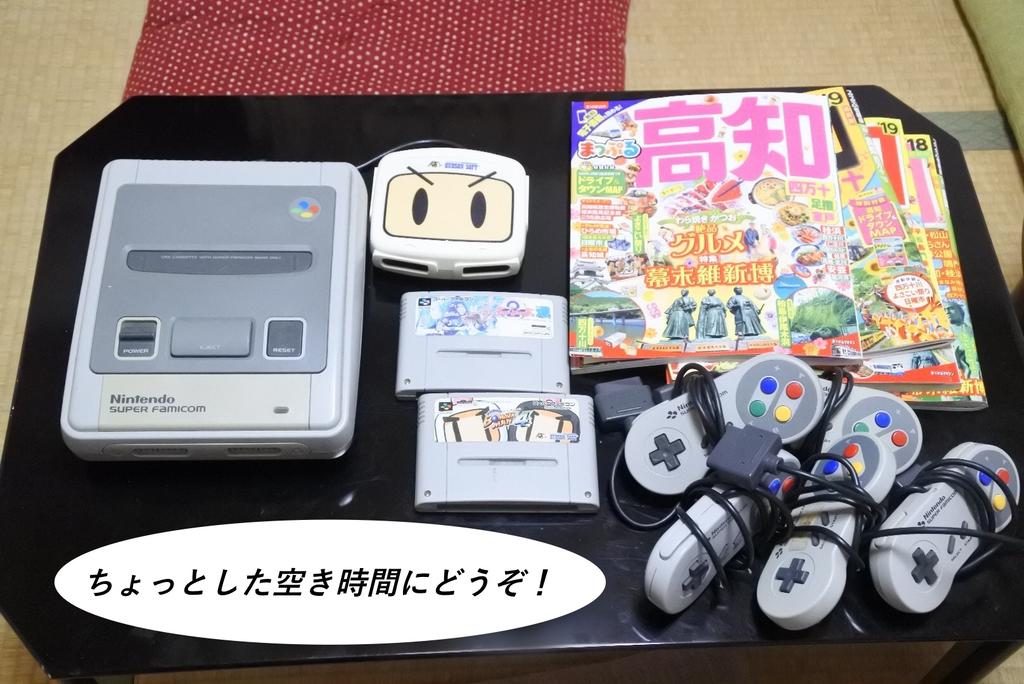Kochi City, the capital of the Kochi Prefecture, which is located in the south coast of Shikoku Island, the smallest of the four main islands of Japan, offers a side of Japan that is almost never covered in mainstream Japan travel topics. It’s a mystery why though, as traveling to this remote region off the south coast of Honshu is now super easy thanks to heightened domestic tourism, and the wonders that you can experience on this island are some of the best things you can gift yourself.
Many of you are probably wondering, ‘Well, what are some of the things that might make us want to travel there?’. To be honest, if you’re a lover of Japanese history, stunning outdoor landscapes, Japanese foods (but not as you know it), beaches that rival those on South-East Asian coastlines, and unique museums that you won’t find anywhere else, then Kochi might be the perfect destination for you.
The city locals are as friendly as they get, and, as you’re far, far away from the mainstream crowds that flock to the more populous areas of Osaka and Tokyo, you’ll find that time slows down as you’re wandering the streets looking for a bite to eat, a store to explore, some souvenirs to commemorate your time – be warned though, you’ll like strike up a conversation with one of the locals if you’re not careful, they’re always looking for fresh new faces to make friends with!
How To Get To Kochi?

There are various transport methods from Tokyo and Osaka to Kochi, ranging between flights, buses or trains, or a combination.
How To Get To Kochi From Tokyo
From Tokyo Haneda Airport, you can purchase a one-way flight with JAL for roughly 10,000 yen for one person. This is the quickest route to get to Kochi Airport, and will only take 90-minutes. You can also ride the Shinkansen there. From Tokyo, take the JR Tokaido/Sanyo Shinkansen to Okayama, and then transfer to a JR Nanpu limited express train that will head to Kochi.
This trip will cost around 20,000 yen, and is around 6-hours. If you are using the Japan Rail Pass, you will need to take the Sakura Shinkansen between Tokyo and Okayama, which will add more time onto the duration of the trip, but it will be fully covered. If you are looking at taking a bus, it may or may not be as cheap as taking a flight (depending on the season and ticket availability). Japan Bus Online will show you what trips are available between Tokyo and Kochi. The cost is roughly 12,900 yen for one person, and the trip will take 11.5 hours. This is not the most time-effective method, as you can see, so we highly recommend booking a flight as soon as you know you’re heading to Kochi (or using your JR pass if you’re got some time to spare and are on a budget).
How To Get To Kochi From Osaka
From Osaka’s Kansai International Airport, the quickest and most efficient way to get to Kochi would be to catch an airport bus to Sannomiya Station (it will cost around 2,000 yen for one person, and will take roughly one hour), and then transfer to a highway bus to Kochi Station (this will cost roughly 5,650 yen per person, and will take roughly four hours). For details on where and when the timetables are, please check this link.
Where To Stay In Kochi?
Kochi Japan Guesthouse – Harimayabashi Guesthouse
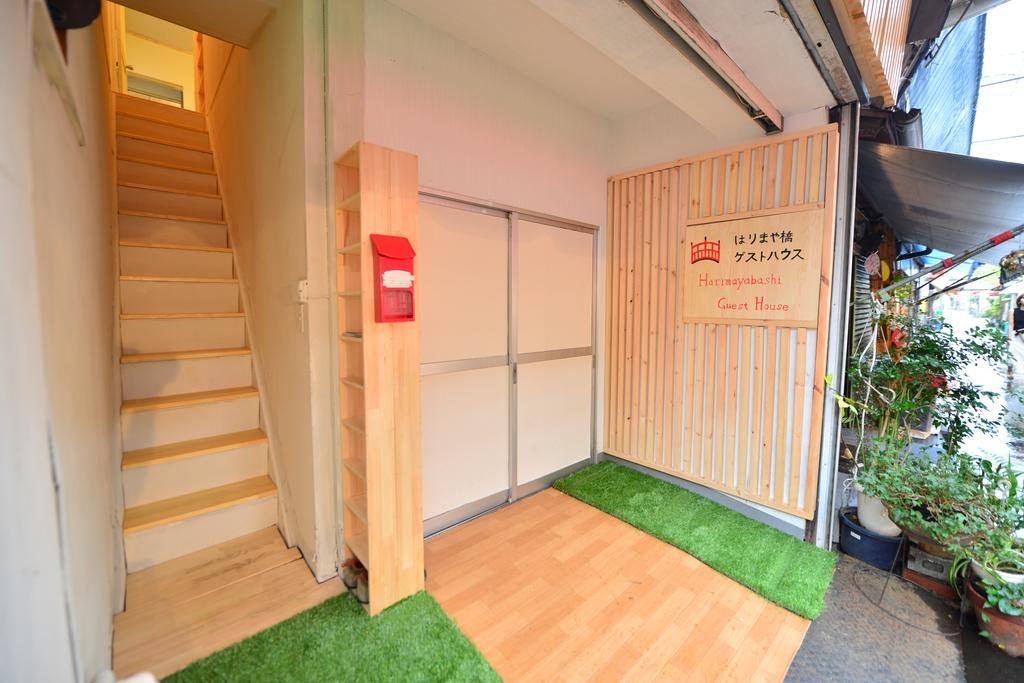
The Harimayabashi Guesthouse is an absolute gem in the city of Kochi. Located just next to Harimaya Bridge, it will be very easy to visit the main attractions of the city from the guesthouse. Instead of the usual dorms, you will sleep in a sort of capsule made in wood and it’s actually confortable and pretty convenient.
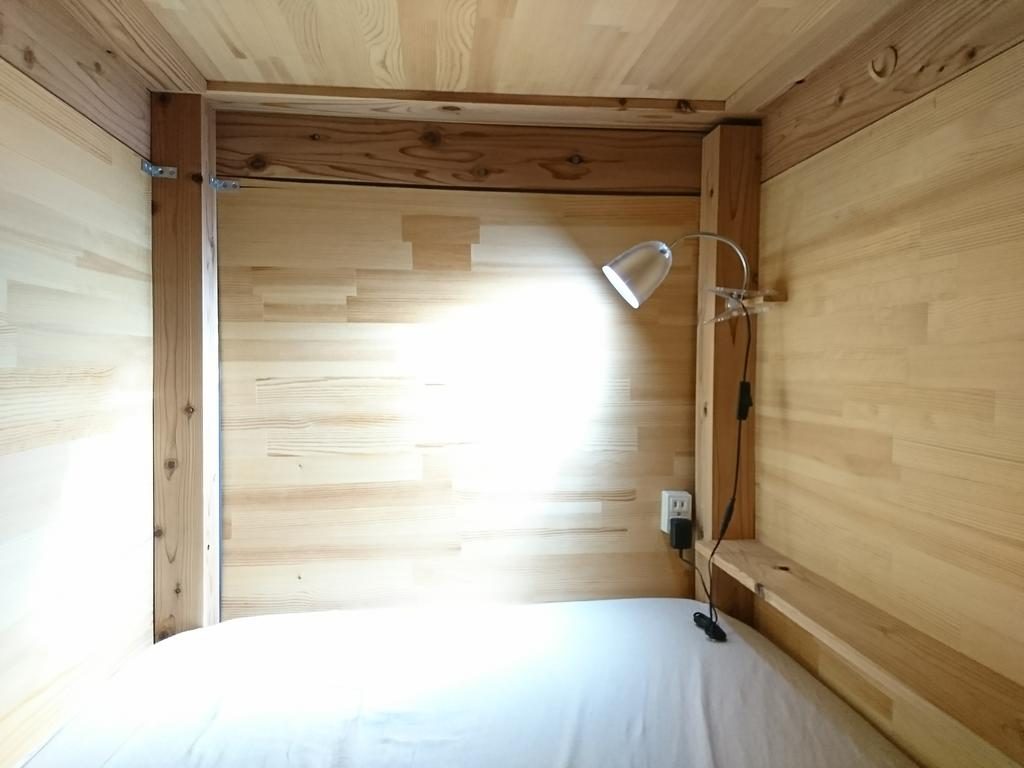
And it may be a small detail for you but they have a Super Nintendo at the guesthouse and we had so much fun with it, until late night! :p
Why Guests Love It: “The staff was so kind, loving all visitors.”, “The staff was super nice and I felt very welcomed. I’m really glad that I stayed here”, “Loved this guesthouse, would stay there again”.
Book It Now: Harimayabashi Guesthouse
Kochi Japan Hotel – Bright Park Hotel
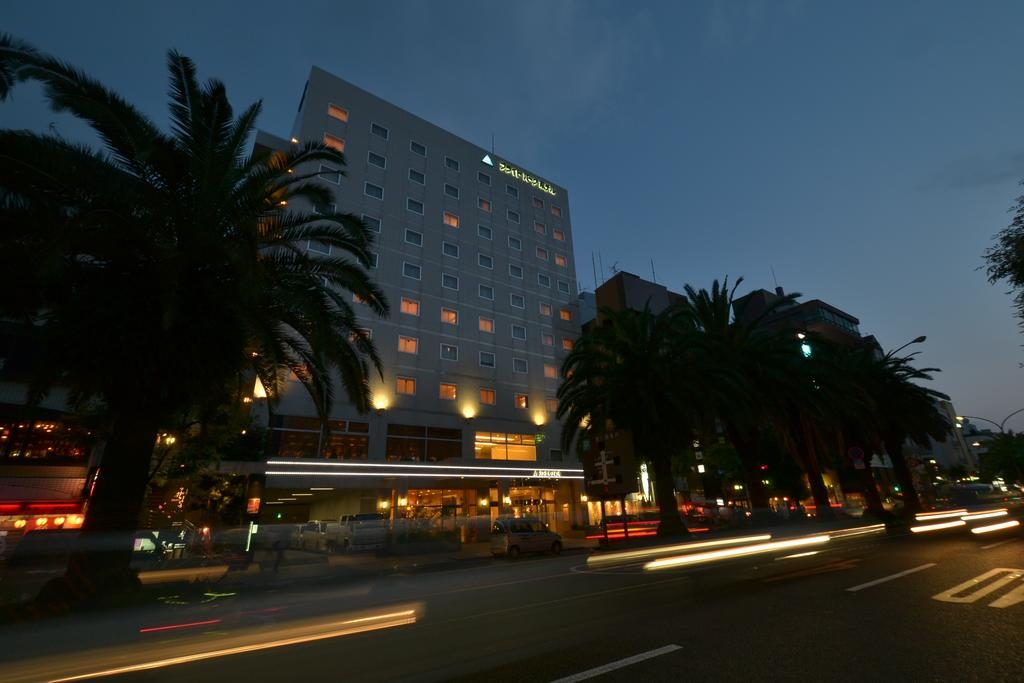
Smack bang in the middle of the city, Bright Park Hotel’s convenience and simplicity will be the key to your memorable holiday. If you’re looking for a little bit of privacy at a small cost, look no further. You can rest all day in your hotel room with a big flat-screen TV complete with satellite channels servicing your every need, and a private adjoining bathroom means you don’t need to share with anyone else.
If you’re lacking the energy to leave the hotel, don’t worry, there is a restaurant on-site for your convenience, and for a bit of a pizzazz, a vegetarian breakfast is provided every morning at the hotel. Staff have been known to be extremely helpful at this place, so if you’re ever unsure about where to go or what to do, just head down to the reception desk and ask away!
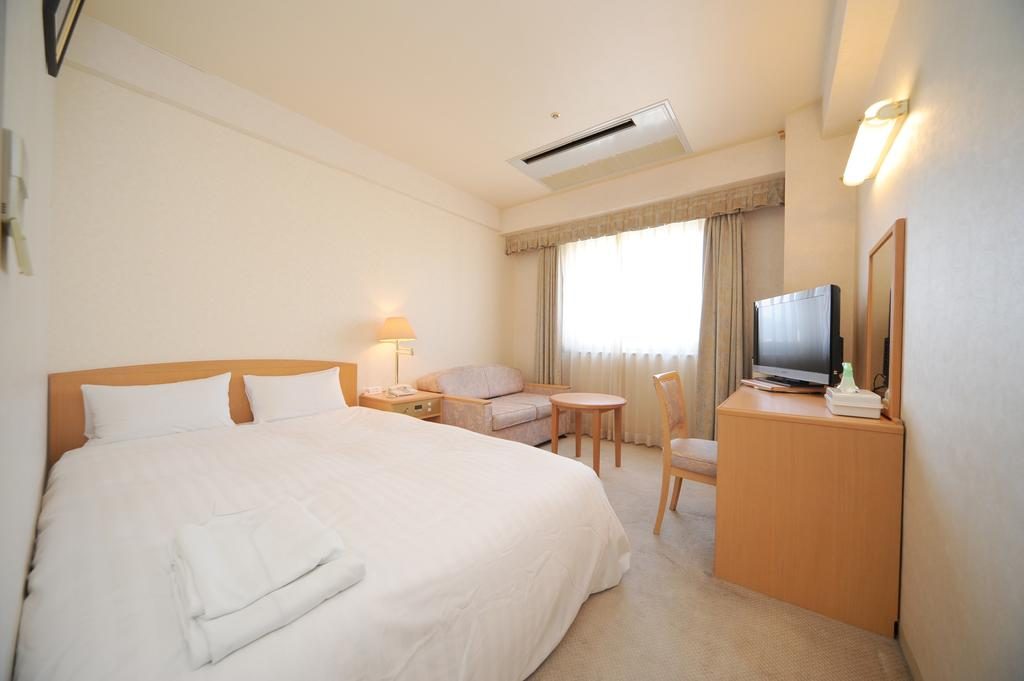
Why Guests Love It: “Literally right in the middle of the city – a two-minute walk to the surrounding restaurants”, “Staff were very friendly and helpful, located near lots of cafes, restaurants and bars, very clean, delicious breakfast”, “Great location, the Sunday Market is right outside the door! Really helpful staff, giving us local maps and highlighting the good spots for restaurants”.
Book It Now: Bright Park Hotel
Kochi Japan Ryokan – Takasago
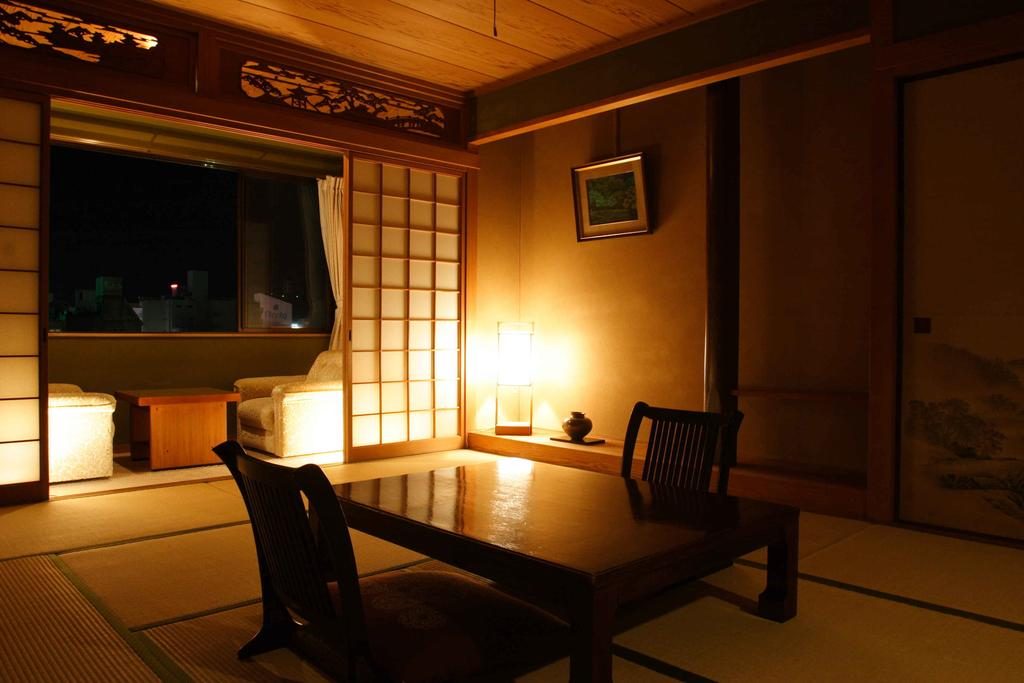
Takasago Ryokan offers both the options of traditional Japanese-style rooms as well as western-style rooms for those who just can’t fathom the idea of sleeping on light, fluffy futons, this place has it all for every type of traveller.
The rooms with bedding feature modern décor with warm, earthy tones for that luxurious ambience you imagine quality hotels to exude, whilst the ryokan rooms feature exquisite shoji (sliding paper doors), tatami mats, and minimalistic Japanese furniture.
The rooms are much more spacious than most that you’re use to in Japan, so rejoice! A lovely continental breakfast spread is available every morning, and if you’re ever stuck on anything, there is a 24-hour front desk to assist you with your enquiries.
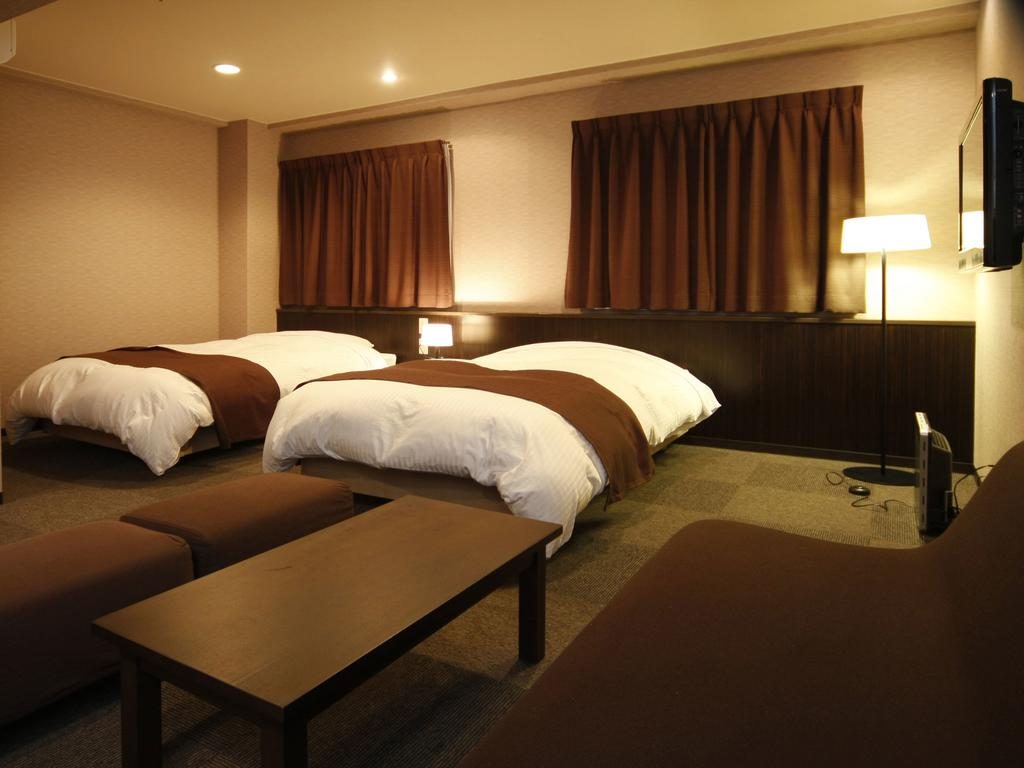
Why Guests Love It: “Very comfortable and spacious, close to rail station and shopping streets!”, “Room was huge. The bath allowed me in with tattoos…which is a big plus! Breakfast was excellent”.
Book It Now: Takasago
The 8 Best Things To Do In Kochi, Japan
- Get Rowdy at the Hirome Ichiba Food Market
- Explore Kochi Castle
- Hang Out at Katsurahama Beach
- Tour through Ryogado Cave
- Dine on Katsuo no Tataki
- Learn History at the Sakamoto Ryoma Memorial Museum
- Be Mesmerised at Cape Ashizuri
- Spend a Day at Kochi Downtown
1. Get Rowdy at the Hirome Ichiba Food Market
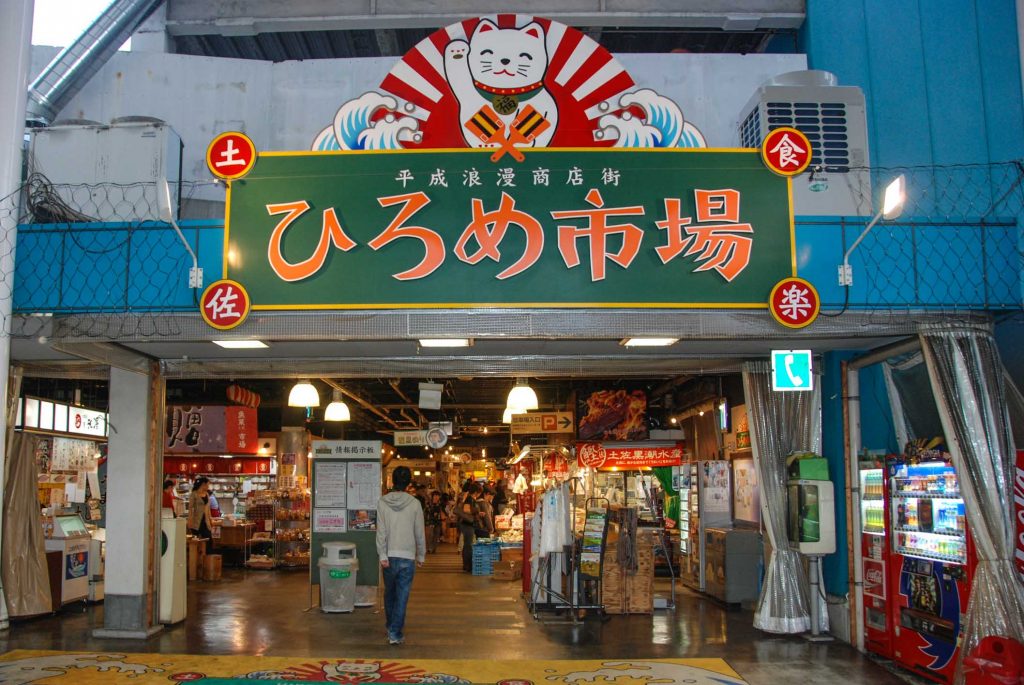
If you’re the type to not shy away from holding conversations with locals, love dingy indoor markets where the smell of smoke permanently permeates the air, and love watching stallholders sell their ware and chefs work their magic right in front of your eyes, then the Hirome Ichiba Food Market is an absolute must!
It opens from the morning, but really comes alive during the night when the drinks become more free-flowing and the people become chattier. The moment you walk through the flaps of the entrance; it will be an assault on your eyes (in the best possible way!). Colourful banners draped across stalls vie for your attention, and you’ll see the likes of grocers selling all sorts of snacks and fresh fruit and vegetables, fishmongers displaying rows of fresh seafood, and of course, all types of steamed, grilled, deep-fried, flamed, stir-fried foods across the 60 or so stalls throughout the market.
Don’t make the mistake of heading straight to the first stand; walk your way through and make a mental note of all the places you want to buy something first and then make your way around again – you’d be surprised how much variety is packed into this market. There are communal wooden tables spread out in the middle and throughout the market, so you can camp around for a spare seat, but be quick, as there will others challenging you for that spare table!
- Address: 2-3-1 Obiyacho, Kochi City, Kochi Prefecture
- Access: From Kochi Station, it is an 8-minute drive.
- Hours: 8:00am – 11:00pm
2. Explore Kochi Castle
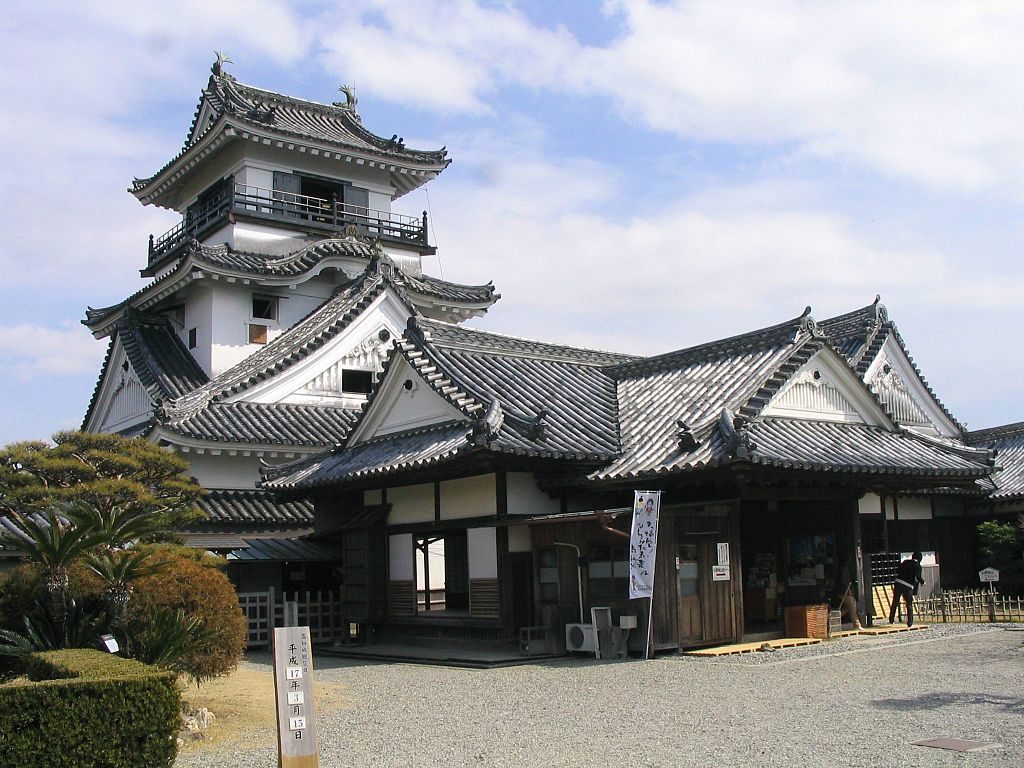
What’s a visit to an island like Shikoku, which is full of history and culture, without a visit to one of its most popular castles? Kochi Castle is situated within Kochi City, and has been given the title of a ‘National Treasure’ by the Japanese government. It’s one of the very (very) few remaining castles throughout Japan that hasn’t been struck down by nature or destroyed in war throughout the years since it’s been built – all the way back during the Meiji period!
Whilst its history may be the number one factor for people visiting the castle, keep in mind that also might actually be one of the most picturesque castles you’ve ever visited. Surrounded by trees that come alive during the cherry blossom and koyo (autumn leaves in Japan) season, standing at the observation deck at the top of the castle will yield stunning views, the likes of which you’ve never seen before.
- Address: 1-2-1 Marunouchi, Kochi City, Kochi Prefecture
- Access: Head to Kochijo-Mae station, and it is a 12-minute walk from there.
- Hours: 9:00am – 5:00pm
- Cost: 420 yen
3. Hang Out at Katsurahama Beach

If you’re visiting during the warmer periods, make sure to catch a bus down to Katsurahaam Beach, 30-minutes south of Kochi City, to cool down. Whilst swimming is actually prohibited due to the strong currents at the beach, simply being near the waters should bring the temperatures down by a few notches for you.
The reason why this beach is so popular is actually because of how beautiful the scenery is here: stunning blue waters, sandy beaches, surrounded, in areas, by luscious green trees – it’s an image not often associated with Japan, and people lap it all up!
One of the features of the beach is a statue of Sakamoto Ryoman, which is built just nearby. The statue pays respects to the prominent architects of modern Japan, who played a massive role in helping bring an end to Japan’s feudal age in 1868.
- Address: 〒781-0262 Kōchi Prefecture
- Access: From JR Kochi Station, catch the Kochiken Kotsu bus to Katsurahama. It will take roughly 35-minutes and cost 690 yen.
4. Tour through Ryogado Cave
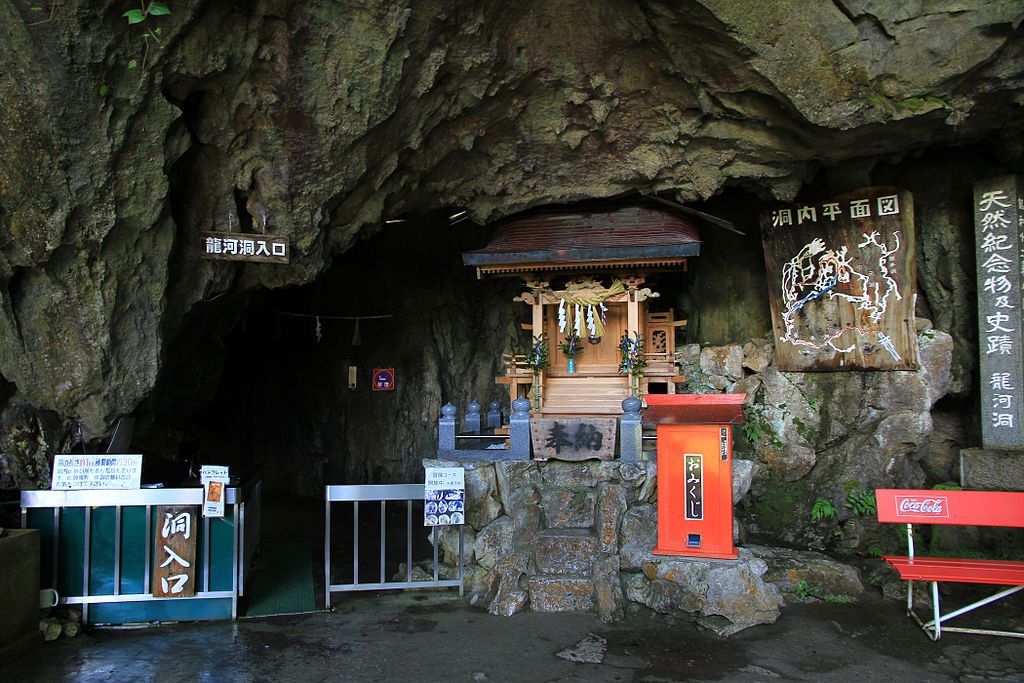
Stalactite caves are an actual thing in Japan. Imagine touring through massive caves where, when you look up, jagged pointy rock formations are aimed right down at your face. There’s something about those situations that make people slightly uneasy yet more so curious, and Ryugado Cave is the perfect place for you to appease your desires to be floating along in the water underneath these said spiked rocks.
Located out west of Kochi in the mountain of Sampo, Ryogado Cave is one of the biggest of its kind throughout the entirety of Japan. This limestone cave (thought to be around 150,000,000 years old) features stunning stalactite formations that have people in awe the moment they lay their eyes on them. The cave itself also houses around 100 various animal species that are born and bred there which you may get to catch a glimpse of!
The most popular tour is the one there you venture in about one kilometer (roughly a quarter of the cave). For those with a bigger thirst for adventure, there is the adventure course (this must be booked in advanced) which takes people on a two-hour journey through the cave, deep into the darkest corners and through narrow passageways (note: those who cannot speak or understand Japanese cannot take the adventure course) All visitors will be able to enjoy the Ryugado Rare Bird Centre and Ryugado Museum nearby afterwards.
- Address: 〒782-0005 Kōchi Prefecture
- Access: From JR Kochi Station, hop on the Gomen Nahari line for 25-minutes to Noichi Station. It is an 8-minute drive by car to Ryogado Cave from there.
- Hours: March – November: 8:30am – 5:00pm, December – February: 8:30am – 4:30pm
- Cost: Adult: 1,100 yen, Child: 550 yen
5. Dine on Katsuo no Tataki
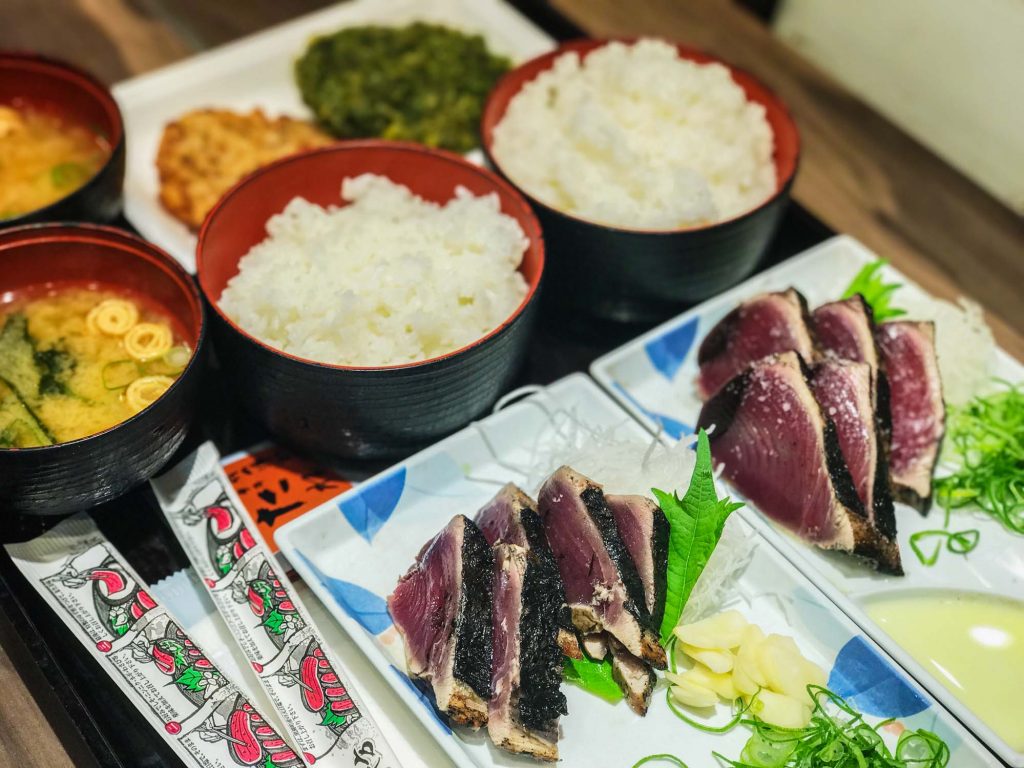
Every region has its own specialty dish that it’s loud and proud of, and for Kochi, it has got to their katsuo no tataki (鰹のタタキ). Renowned across Japan as one of the tastiest dishes to ever come out of Shikoku, if you’re a fan of sashimi, this will blow your mind, and even if you’re not, you definitely need to give this a shot, because the flavour sensations will hit you in a way that sashimi may have never done before (and we mean that in the best way possible!).
So what is katsuo no tataki? It is essentially bonito (also known as skipjack tuna), which is sliced up, lightly broiled (cooked by being directly exposed to the fire), seasoned with salt or soy sauce with vinegar and citrus, and served with spring onion, ginger, and garlic. Before the modern methods of cooking came about, katsuo no tataki was traditionally broiled over a straw fire lightly (until the outer layer was just grilled).
The freshness of the bonito, combined with the smokiness of its grilled skin and the tanginess of the vinegar and citrus flavouring is just too good; you’ll want to keep coming back for more and more (and more and more…). If you do happen to visit the Hirome Ichiba Market, there are a few stores in there that are very popular for their katsuo no tataki dishes. Otherwise, this dish is also served across the izakayas and restaurants across the city.
6. Learn History at the Sakamoto Ryoma Memorial Museum
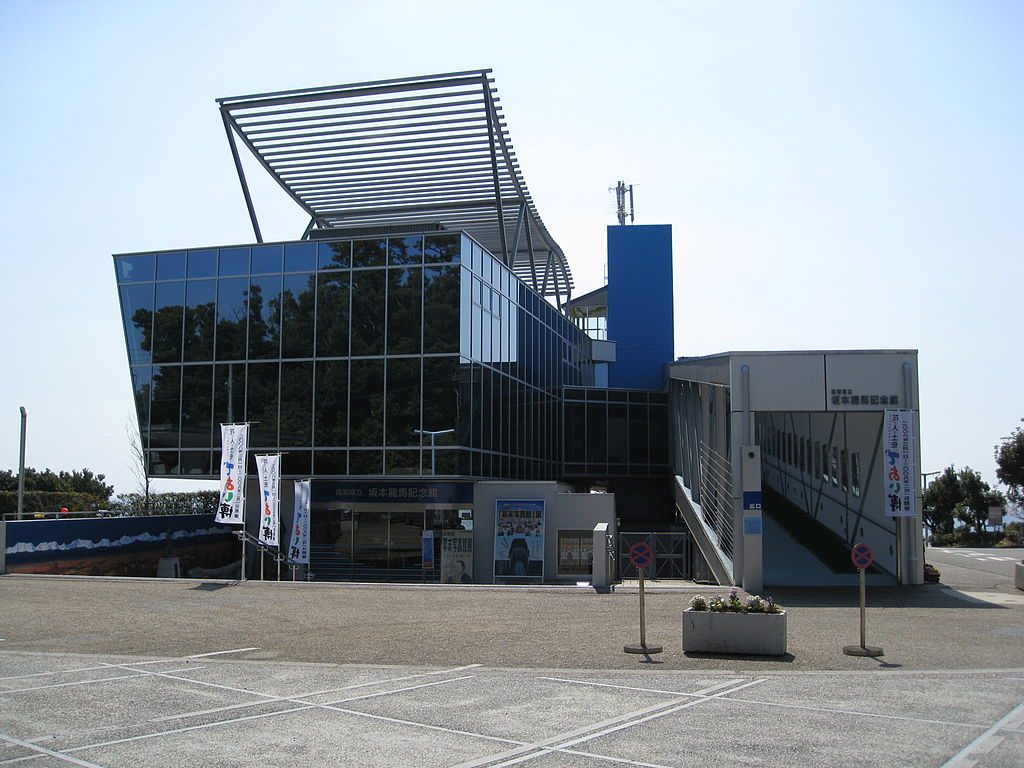
As mentioned above, Sakamoto Ryoma is a prominent figure in Japanese history, so much so that there is a statue of him erected at the Katsurahama Beach. Whilst this is an important statue which exists to pay respect, if you would like to learn more about the person who played a key role in overthrowing the Tokugawa Shogunate in the late 19th century, then you will need to drop by this memorial museum. Luckily for you, it is located at the park nearby the Katsurahama Beach.
Here, you’ll be able to witness various preserved documentation written by Sakamoto himself, along with a plethora of personal items that he owned, and a vast collection of information on his rise to his prominent role in Japanese history.
For those who are tagging along but aren’t too keen on learning about the history, well, the architecture of museum should be reason enough to visit – the stunning building combines modernity with a touch of traditional flair, against the Pacific Ocean as the backdrop.
- Address: 830 Shiroyama, Urado, Kochi, Kochi Prefecture
- Access: From Kochi Station, take a tram to Harimaya-bashi (three stops away). Alight, and then head over to the Minami-Harimaya Bus Stop. Hop on a bus bound for Katsura-hama. The ride will take about 40-minutes, and then you will alight at Ryoma Kinen-kan Mae. The museum is located on top of the hill.
- Hours: 9:00am – 5:00pm
- Cost: 500 yen
7. Be Mesmerised at Cape Ashizuri
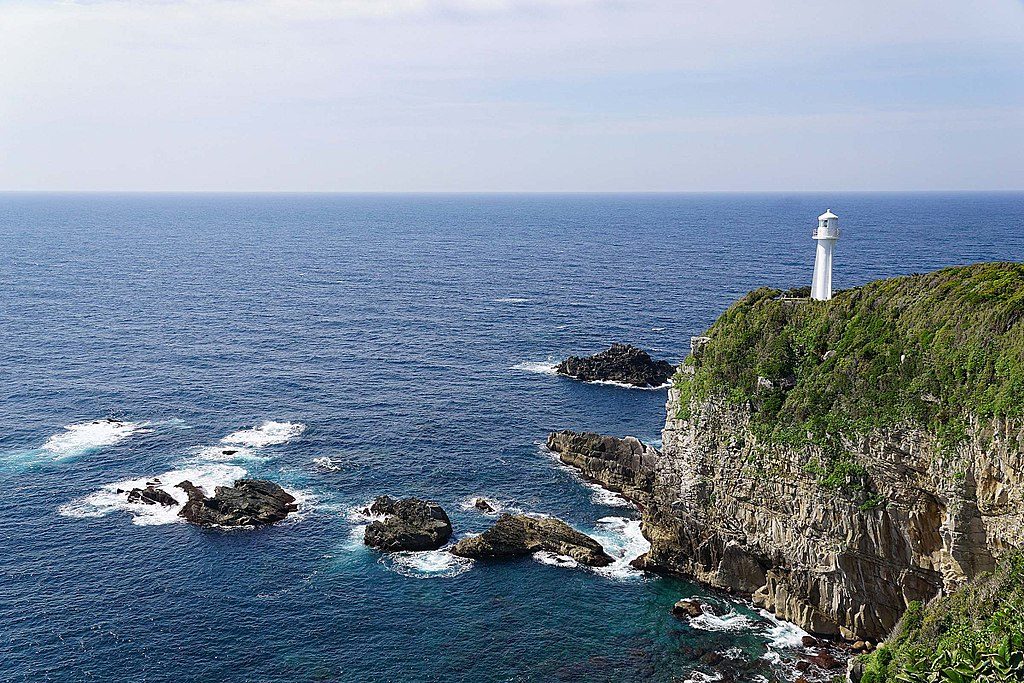
Cape Ashizuri, the most southern point of Shikoku Island, is a sight to behold across all seasons in Japan. It’s a designated part of the Ashizuri Uwakai National Park, and offers many points of interest where you be able to capture the beauty of the coastline of Shikoku.
The most popular point of attraction here is the observation deck, Tengu-no-Hana, which offers a 270-degree view of the Pacific Ocean. As you stand on top of the deck and watch the massive waves crashing into the picturesque cliff rocks, you’ll be mesmerised, and want nothing more than to spend the new few hours just soaking it all in.
Other attractions include the nearby Hakusan Domon, which is a unique 16m high, 17m wide rock arch that has been carved out naturally by the force of the waves. A special way that you can view this is by heading to the Manjiro Footbath.
Its building overlooks the Hakusan Domon through floor-to-ceiling glass windows, and you can sit there soaking your feet in the baths as you take it all in. Best thing about this? It’s free!
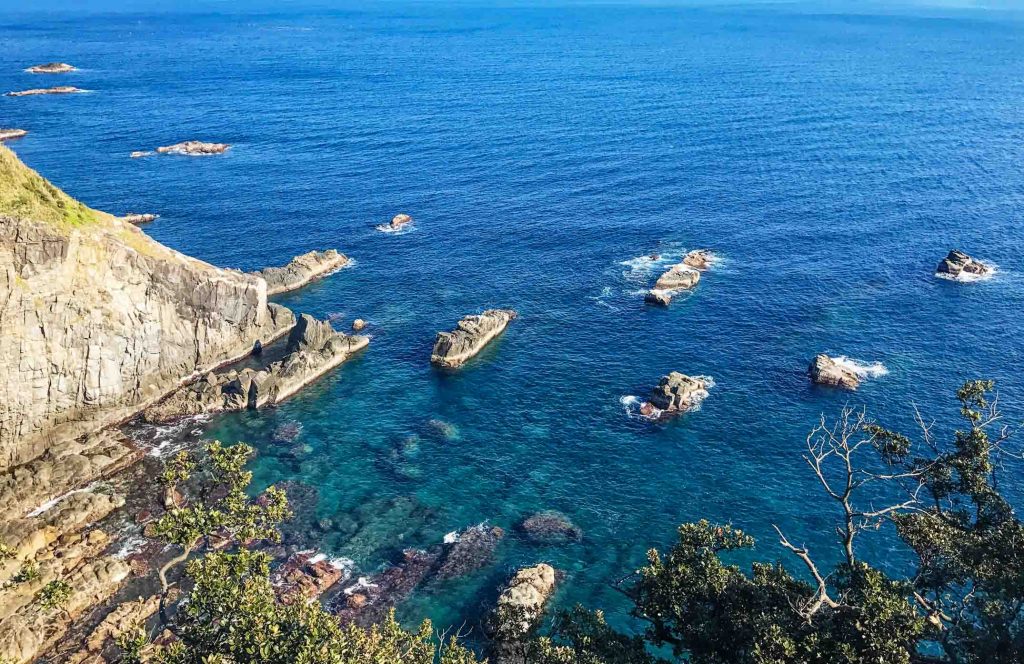
There are many ways to get to Cape Ashizuri, but we recommend you hiring a car and doing the long yet beautiful drive from Kochi. There are plenty of rest-stops along the way, and you’ll be able to take your time exploring the areas that many articles can’t even begin to cover due to the sheer number of them all.
- Address: Ashizurimisaki, Tosashimizu, Kōchi Prefecture 787-0315
- Access: By car, you will need to hop onto Kochi Motorway’s Shimanto Chuo IC. The distance is around 2.5 hours through toll roads. There is parking at the tip of the cape.
- Manjiro Footbath: 1349 Ashizurimisaki, Tosashimizu-shi, Kōchi-ken 787-0315
- Hours: 8:00am -7:00pm (closed on Wednesdays)
8. Spend a Day at Kochi Downtown
If you feel like you’re all templed-out and you’ve met your quota on visiting castles for the year, you might feel a little despondent, especially if you’re in a city like Kochi. But really, there’s no need to be, because downtown Kochi is as vibrant of a city as you need it to be to get back that funk of a city slicker. We may be slightly exaggerating, but if you spend a few hours walking around and exploring the downtown area, you might be a little surprised. This charming little city packs quite a punch!
There is a little bit of history there. Harimayabashi, which is the small red bridge that you will definitely notice near the main strip, is a symbol of the famous love story that is legendary throughout Kochi.
Apparently a priest and a local girl from Kochi had a forbidden relationship which they kept hidden, but one day he was noticed purchasing a hair comb and they had to flee together to avoid punishment. As you walk along the strips, you will see many shops selling said hair combs.
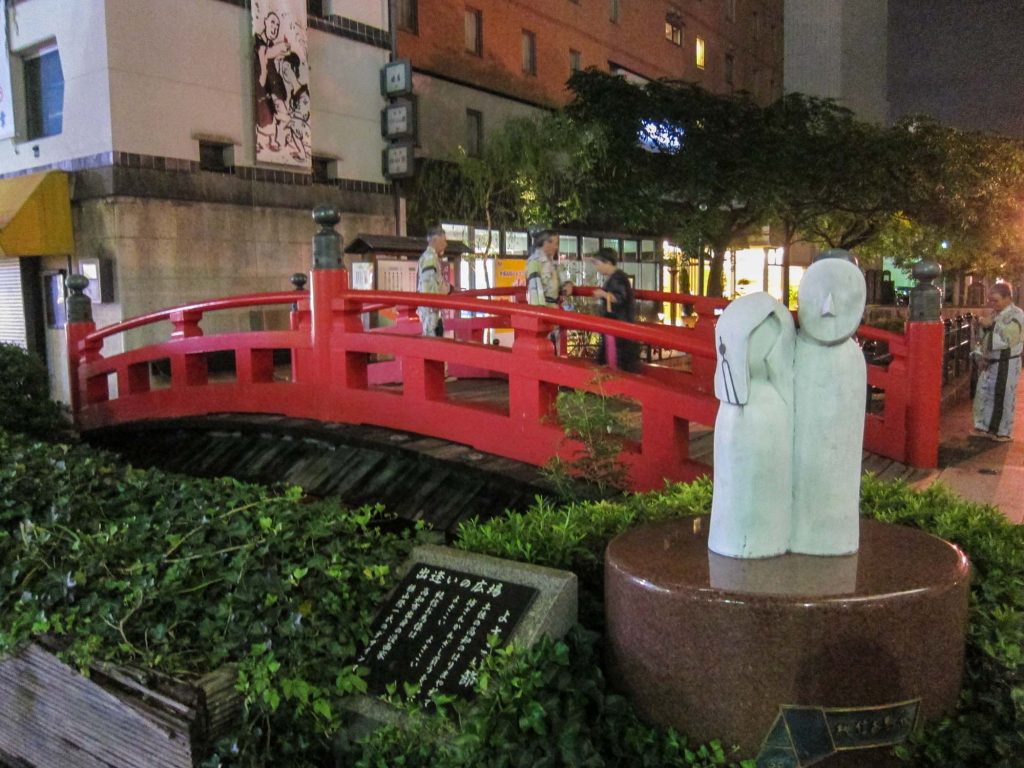
The most famous strip of shopping is the Obiyamachi Itchome Shopping Street. Here, there are mazes of shopping strips within arcades that seem to go on forever, selling clothing, cosmetics, groceries and everything in between. Most are undercover as well, so you won’t have to worry about weather raining on your parade as you go on a spree.
- Address: 1 Chome-9 Obiyamachi, Kōchi-shi, Kōchi-ken 780-0841
- Access: From Kochi Station, it is around a 5-minute walk. It is also close-by to the Hirome Ichiba Market and Kochi Castle.
Kochi is just such a fun, vibrant city to explore, and not being as condensed as many other cities in Japan means that you will have plenty of time to get to know the ins of the city as well as the outs of the beautiful nature surrounding it. It’s the perfect place to visit for groups of people who can’t decide whether they want to tour the city and just get to know the locals, or spend an entire day driving through the countryside of get to observation points featuring views not available anywhere else in the world.

